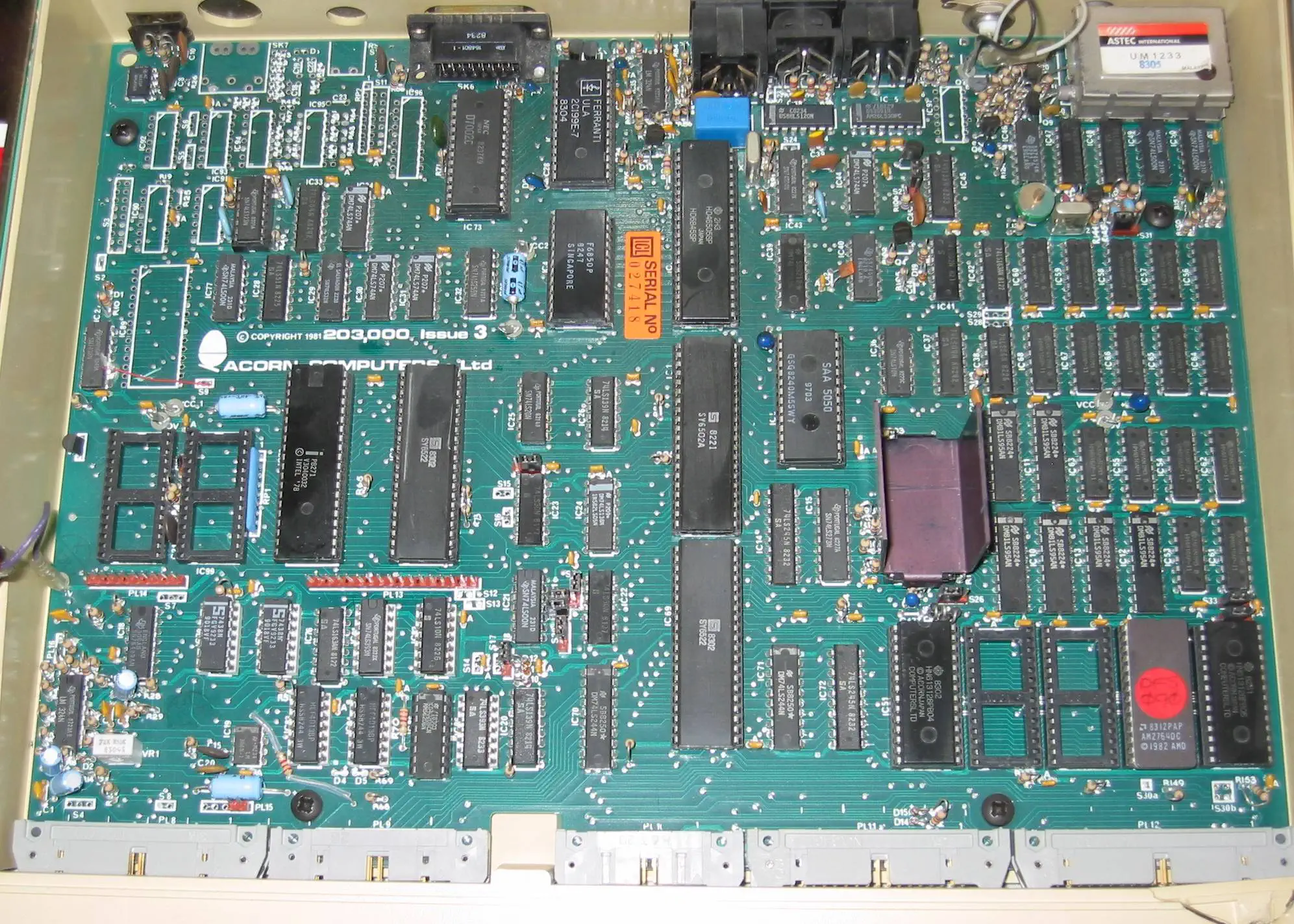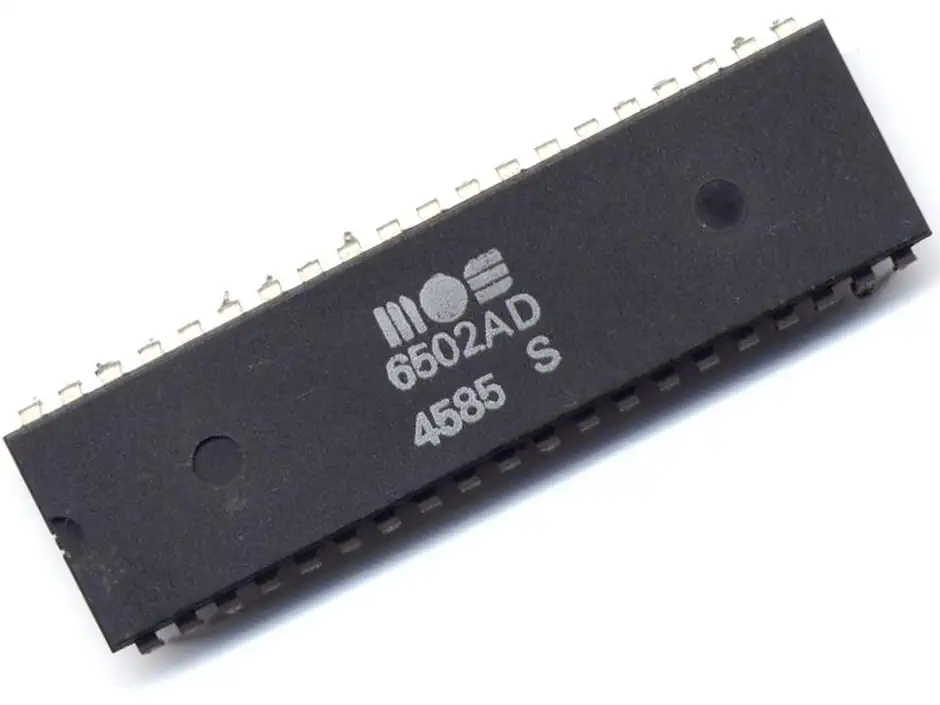BBC Micro - Model B
The BBC Micro - Model B was an upgrade to the Model A in terms of memory. Other than that the machine was practically identical to the Model A.
During the early 1980s, the BBC started what became known as the BBC Computer Literacy Project. The project was initiated partly in response to an ITV documentary series The Mighty Micro, in which Christopher Evans of the UK's National Physical Laboratory predicted the coming microcomputer revolution and its effect on the economy, industry, and lifestyle of the United Kingdom.
The BBC wanted to base its project on a microcomputer capable of performing various tasks which they could then demonstrate in the TV series The Computer Programme. The list of topics included programming, graphics, sound and music, teletext, controlling external hardware, and artificial intelligence. It developed an ambitious specification for a BBC computer, and discussed the project with several companies including Acorn Computers, Sinclair Research, Newbury Laboratories, Tangerine Computer Systems, and Dragon Data.
The introduction of a specific microcomputer to a more general computer literacy initiative was a topic of controversy, however, with criticism aimed at the BBC for promoting a specific commercial product and for going beyond the "traditional BBC pattern" of promoting existing information networks of training and education providers. Accusations were even levelled at the Department of Industry for making the BBC "an arm of Government industrial policy" and using the Computer Literacy Project as a way of "funding industry through the back door", obscuring public financial support on behalf of a government that was ostensibly opposed to subsidising industry.
Regardles of controversy, the BBC Micro was introduced in 1981 and quickly became the UK education computer of choice.
Three model B systems were created:
- BBC Micro - Model B (32KByte RAM)
- BBC Micro - Model B+64 (64KByte RAM)
- BBC Micro - Model B+128 (128KByte RAM)
BBC Micro - Model B Motherboard
The model B motherboard, revision 3 had slight changes compared to the Model A motherboard. Most notable is the change in size of the cooling block in the right middle, which is smaller than the original.


MOS 6502 CPU
The 6502 is an 8-bit MicroProcessor designed by MOS Technology. The team was led by Chuck Peddle and had also worked on the Motorola 6800. The 6502 is a simplified, but faster and cheaper design than the 6800.
The 6502 was introduced in 1975 and was the cheapest microprocessor on the market. Together with the Zilog Z80, the 6502 helped start the home computer revolution of the 1980s. The 6502 was used in a wide range of devices: the Atari 2600, the 8-bit Atari home computers, the Apple II, the Nintendo Entertainment System, the Commodore 64, the BBC Micro and many others. All used the 6502 or a variation of it.
The 6502 is a 1MHz design, while the 6502A is designed for 2MHz. The 6502A is 100% compatible with the original 6502.
Commodore soon bought MOS Technology, but conitnued to sell the microprocessor to competitors and licensed the design to other manufacturers.
Source: WikiPedia - MOS Technology 6502
ARM1 2nd processor in BBC Micro
ARM, an acronym for Advanced RISC Machines (originally Acorn RISC Machines) is a Reduced Instruction Set Computer (RISC) cpu architecture.
The first machine that used the ARM chip was the BBC Micro, it used the ARM as a secondary processor at 6MHz. The ARM helped in developing simulation software used to finish the development of other chips such as the VIDC (Video), IOC (I/O) en MEMC (Memory management) chips that were used in later Acorn/BBC machines. At the same time BBC Basic was completely rewritten in ARM assembly language.

TMS5220 Speech synthesiser Sound 4 channels, speech synthesiser (optional phrase ROM) Display Chip none Display 640x256, 8 colors Best Color 8 colors Best Graphics 640x256 in 8 colors Sprites none System OS BBC Basic Storage External Tape Original Price £335


